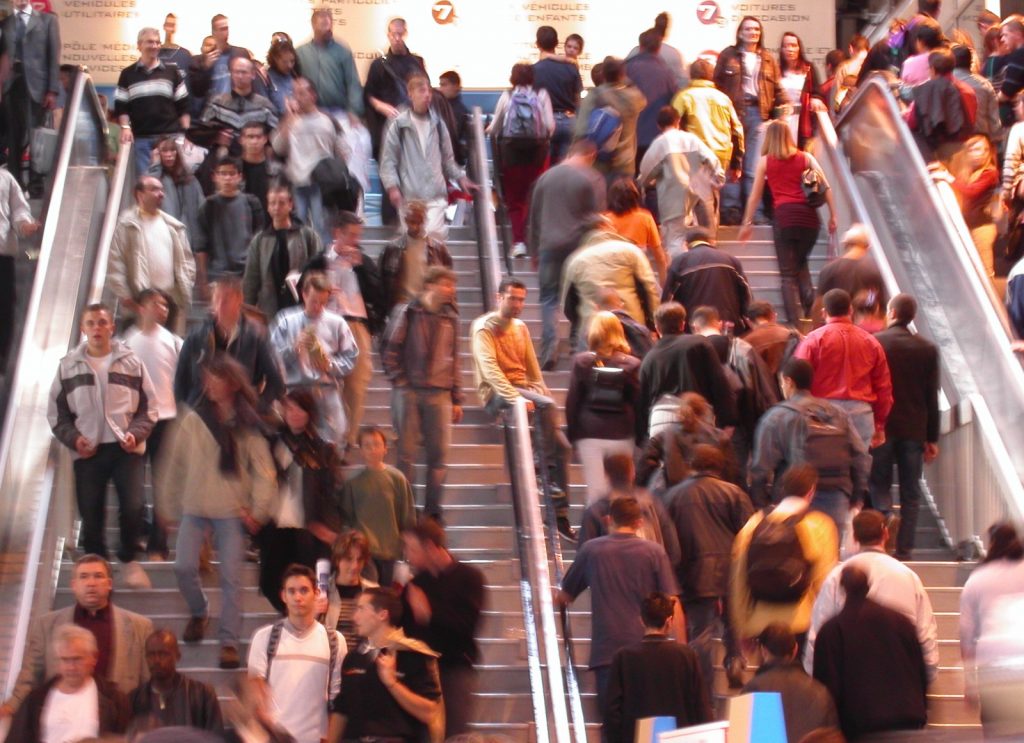 Although many people are aware that merchants are required to keep their premises reasonably safe, it can be complicated to establish what exactly constitutes unreasonable risk.
Although many people are aware that merchants are required to keep their premises reasonably safe, it can be complicated to establish what exactly constitutes unreasonable risk.
While on a shopping trip at the Mall of Louisiana, Hermina Lavergne, her daughter, and her granddaughter, stopped at BJ’s Restaurant (“BJ’s”) to eat. As the group was being escorted to their table, Lavergne fell down several steps, severely injuring her right foot. The host had advised Lavergne’s daughter and granddaughter to watch their step; however, Lavergne did not hear the warning herself because she was reading the restaurant’s menu as she walked.
Lavergne filed a lawsuit to recover damages, alleging that Lavergne was injured due to a lack of adequate lighting and a lack of warning about the steps. The trial court found that the steps presented an unreasonable risk of harm, but also found that Lavergne failed to exercise reasonable care as she walked to the table. BJ’s appealed the finding, arguing that the step was not unreasonably dangerous.
Under Louisiana law, merchants must exercise reasonable care to protect patrons by keeping the premises safe from unreasonable risks of harm. See Moore v. Murphy Oil USA, 186 So. 3d 135 (La. App. 1st Cir. 2015). In determining whether a condition presents an unreasonable risk of harm, courts use a balancing test, which considers four factors: (1) the utility of the complained-of condition; (2) the likelihood and magnitude of harm, including the obviousness and apparentness of the condition; (3) the cost of preventing the harm; and (4) the nature of the plaintiff’s activities in terms of social utility or whether the activities were dangerous by nature. See Bufkin v. Felipe’s Louisiana, 171 So. 3d 851 (La. 2014).
At the trial court, Lavergne presented an expert witness on architecture who testified that multilevel restaurants are generally used as a way to oversee the whole restaurant for available tables. At BJ’s, he testified that the steps were primarily used for aesthetics, with little to no social utility. Additionally, the trial court determined that BJ’s testimony that it trains all hosts to warn customers about the steps as a precaution was evidence that there was a significant likelihood that people would fall. For the third factor, the expert witness testified about several possible risk-reducing solutions for the steps, such as putting in a ramp, changing the lighting level, and putting up warning signs about the steps. Although he did not testify as to the cost of these solutions, he stated that it “wouldn’t be difficult to do.” In considering the fourth factor, the nature of the plaintiff’s activities, the court took into account the undisputed fact that Lavergne was reading while she was walking. The trial court also considered her testimony that had there been a sign, she would have seen it because she was not reading the whole time that she waited to be seated.
On appeal, the Court of Appeals determined that the trial court’s finding that the steps presented an unreasonable risk was not clearly wrong. Therefore, the Court affirmed BJ’s liability for the injury.
In cases like this where complex balancing tests are used, it is necessary to retain the services of an excellent lawyer.
Additional Sources: Lavergne v. BJ’s Restaurants, Inc.
Berniard Law Firm Writer: Madyson Hopkins
Additional Berniard Law Firm Articles: Plaintiff Fails on Appeal in Restaurant Fall Personal Injury Suit
 Louisiana Personal Injury Lawyer Blog
Louisiana Personal Injury Lawyer Blog

